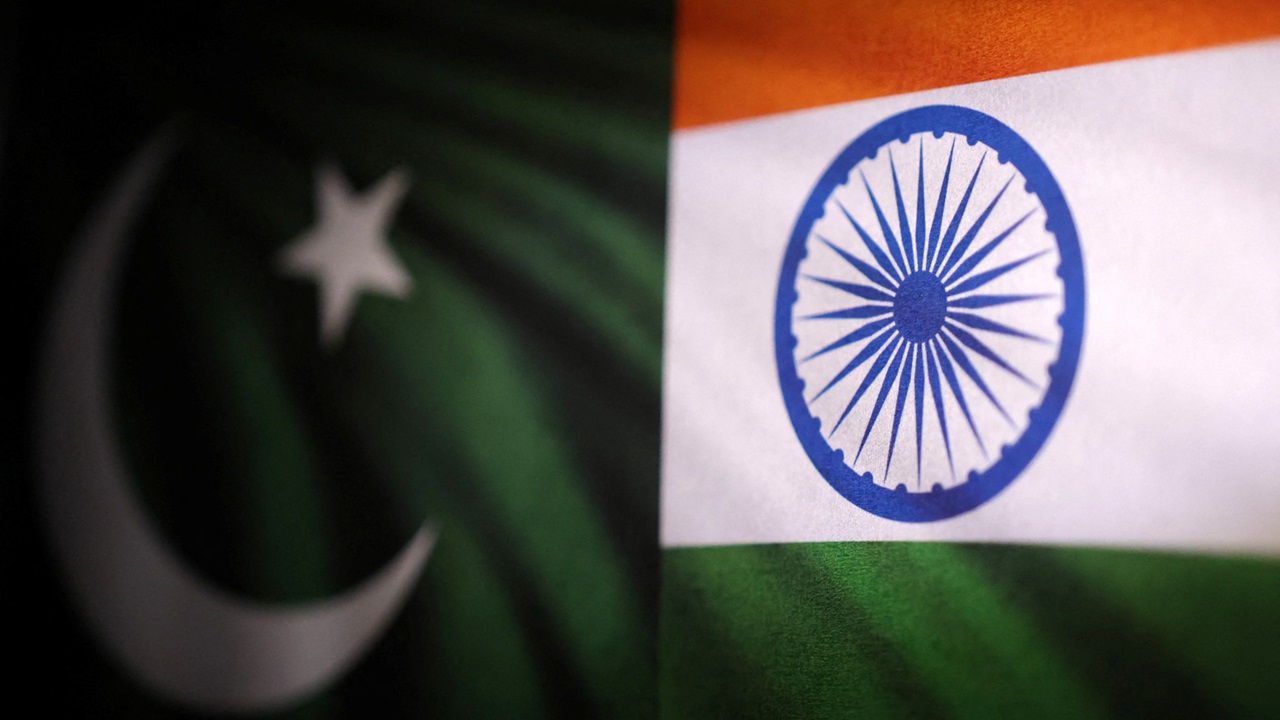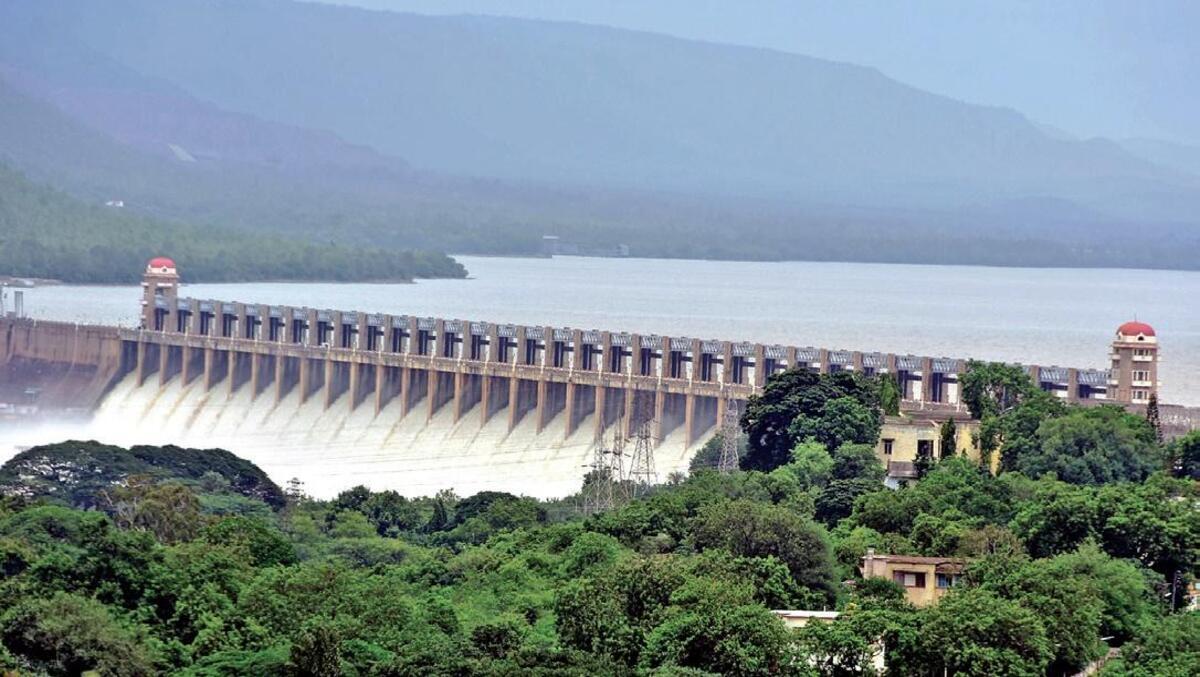Ceasefire 2025: A New Chapter in India-Pakistan Relations?
India and Pakistan have long shared a history of conflict, tension, and uneasy peace, with numerous ceasefire agreements often followed by periods of renewed hostility. The year 2025 witnessed yet another flashpoint when a terror attack in Jammu & Kashmir led to a rapid escalation in military engagement. Against this volatile backdrop, the ceasefire agreement reached in May 2025 has emerged as a crucial development in South Asia’s geopolitical landscape.
The India-Pakistan Ceasefire of 2025 marks a significant turning point in the relationship between the two nuclear-armed neighbours. The ceasefire was announced on May 10, 2025, following an intense four-day military confrontation that began after a major terror attack in Pahalgam, Jammu & Kashmir, on April 22. This terror incident triggered a swift and strong Indian military response, including strikes on terror camps deep inside Pakistan’s West Punjab region. Despite the escalation, both countries agreed to halt military actions from 5 PM on May 10, signalling a desire to avoid further conflict.
Key Features of the Ceasefire:
-
Bilateral Understanding:
The ceasefire was a direct agreement between India and Pakistan, without third-party mediation, aligning with the principles of the 1972 Simla Agreement. Although U.S. leaders claimed involvement in brokering the deal, India maintained that the ceasefire was solely a bilateral decision. -
No Impact on Punitive Measures:
Indian authorities clarified that the ceasefire would not affect the punitive actions taken in response to the terror attack, underlining a tough stance against terrorism. -
India’s New Strategic Posture:
Since 2014, India has redefined its approach to Pakistan, taking stronger steps such as the 2016 surgical strikes, the 2019 Balakot airstrike, and the revocation of Article 370. The 2025 conflict further reflected India’s willingness to strike beyond the Line of Control and suspend long-standing agreements like the Indus Waters Treaty.
Strategic Implications:
-
Shift from Restraint to Assertiveness:
India’s actions show a clear move away from the previous policy of strategic restraint. The new doctrine treats terrorism as an act of war and signals a readiness to target deeper regions within Pakistan if provoked. -
Erosion of Third-Party Mediation:
While the U.S. attempted to play a role, India’s firm position on bilateralism underlined its increasing strategic autonomy and regional confidence. -
Challenge of Sustainable Peace:
While the ceasefire reduces immediate hostilities, achieving long-term peace remains uncertain due to Pakistan’s internal instability, including military dominance in politics and the rise of hardline leaders like Gen. Asim Munir. -
Need for Defence Reforms:
The conflict exposed limitations in India’s operational superiority. Strengthening military capabilities and maintaining technological and strategic edges are necessary to deter future provocations. -
Engagement Beyond the Military:
India may consider developing ties with Pakistani civil society and political institutions to dilute the military’s monopoly over foreign policy and create broader constituencies for peace.
In conclusion,
while the 2025 ceasefire has successfully paused open hostilities, it also reflects deeper shifts in regional dynamics. India’s redefined engagement rules, emphasis on bilateral solutions, and stronger strategic posture indicate a new era in the complex and historically fraught India-Pakistan relationship. However, lasting peace will depend on political will, internal stability in Pakistan, and the continued ability to manage provocations without full-scale conflict.




Comments (0)